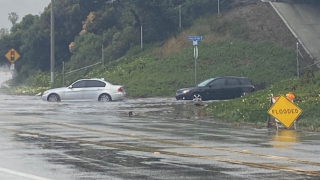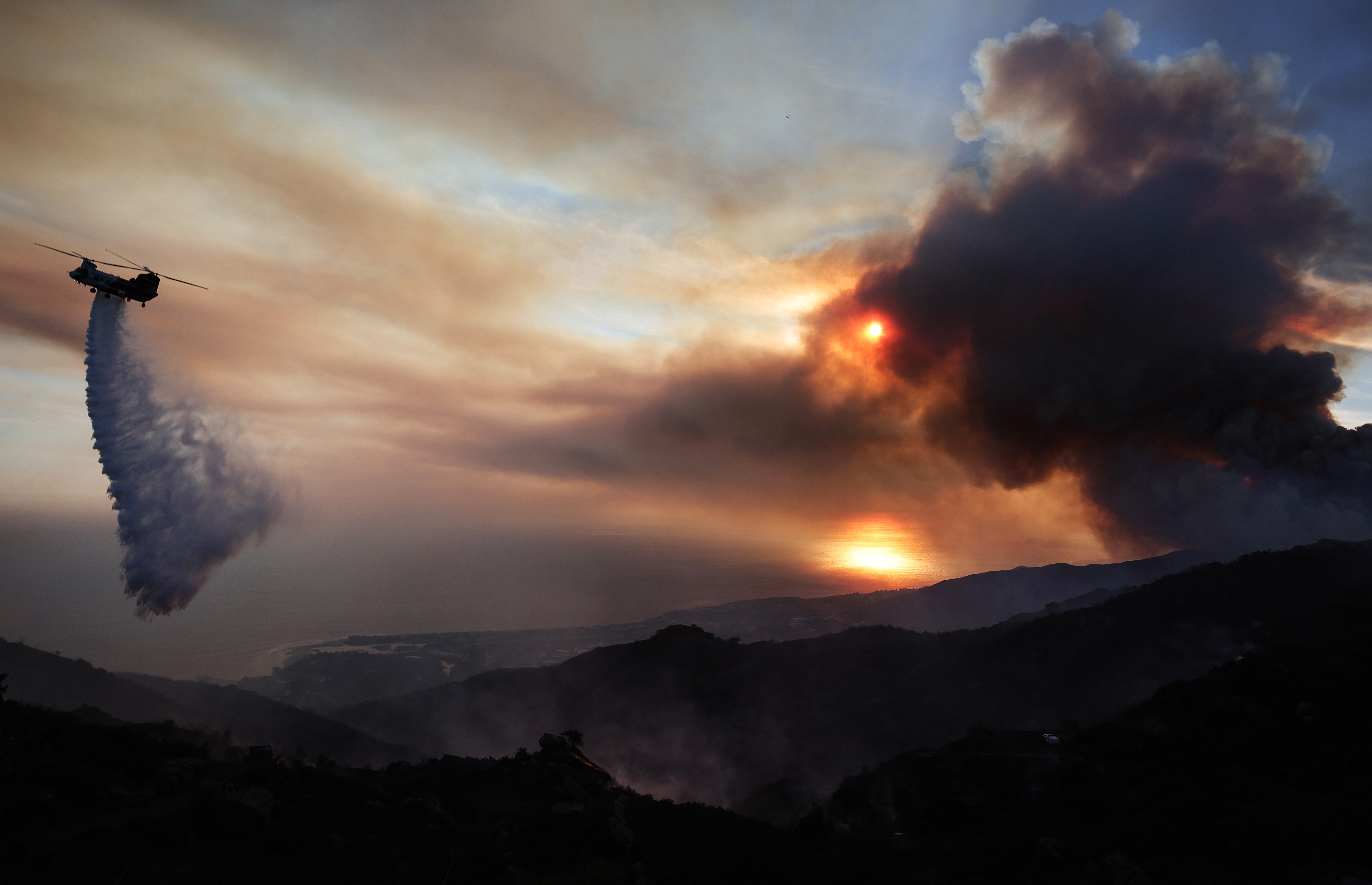
While California, the state with the largest number of licensed drivers in the U.S. at around 27 million, already sees a nationally significant number of fatal crashes a year — with the California Office of Traffic Safety reporting a fatal or injury traffic crash occurring every three minutes in 2017 — this trend is only worsened by adverse, albeit spotty, inclement weather.
In 2019, the USC Annenberg School for Communication and Journalism reported that drivers in LA are 80% more likely to get into a crash when it is raining than in dry conditions.
They also reported that wet conditions led to an 140% increase in road accidents.
With Monday's spring storm dampening roads and hindering visibility, here are some ways you can keep cautious and reach your destination safely.
Get top local stories in Southern California delivered to you every morning. >Sign up for NBC LA's News Headlines newsletter.
During the Rain
- Avoid the roads if possible. Especially if streets are flooding, defensivedriving.org recommends staying put until the waters have cleared.
- Decrease your speed. Rain brings up the oil and other debris on the roads' surface, making conditions incredibly slick, especially on the first day of rain and after dry spells. Traffic will already be slower due to weather, so remember to leave early and go with the flow. Decreasing your speed will also help prevent hydroplaning.
- Maintain plenty of distance with other vehicles. This will allow more time to slow down once you see brake lights. Also beware of buses, cargo trucks and large vehicles.
- Avoid sudden braking. Instead, maintain a slower pace to avoid skidding stops.
- Drive in the middle lanes. Since water pools to the far lanes, the middle path is typically the driest.
- Be extra aware of your surroundings and pedestrians. Inclement weather not only increases car accidents but also pedestrian fatalities. Beware of those crossing the street or near the pavement.
- Check your tire pressure and tread before you leave. Tires are the main mechanism of traction for your vehicle. You can find the pounds per square inch of your tires on a sticker inside the driver's door or in your car's manual.
- Turn on your headlights and always use your signals.
- Check your windshield wipers. Especially since many wipers will go unused in LA, be sure that they're ready to do their job.
- If you begin to skid, continue to steer in the direction you want to go and avoid forcibly braking.
- If you begin to hydroplane, ease off the gas, keep your grip on the wheel and wait to steer until your car makes contact with the road.
After the Rain
Local
Get Los Angeles's latest local news on crime, entertainment, weather, schools, COVID, cost of living and more. Here's your go-to source for today's LA news.
After the showers have subsided, remember conditions have not yet returned to normal. Oil and debris are still present and a threat.
Maintain slower speeds, plenty of distance with others and avoid sudden braking.
Also continue to avoid using cruise control.



